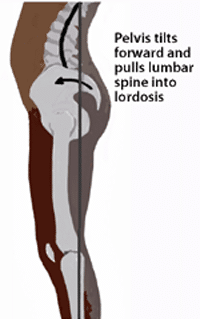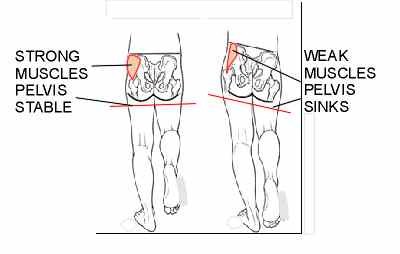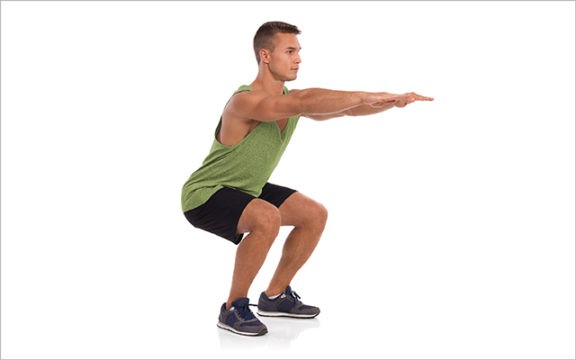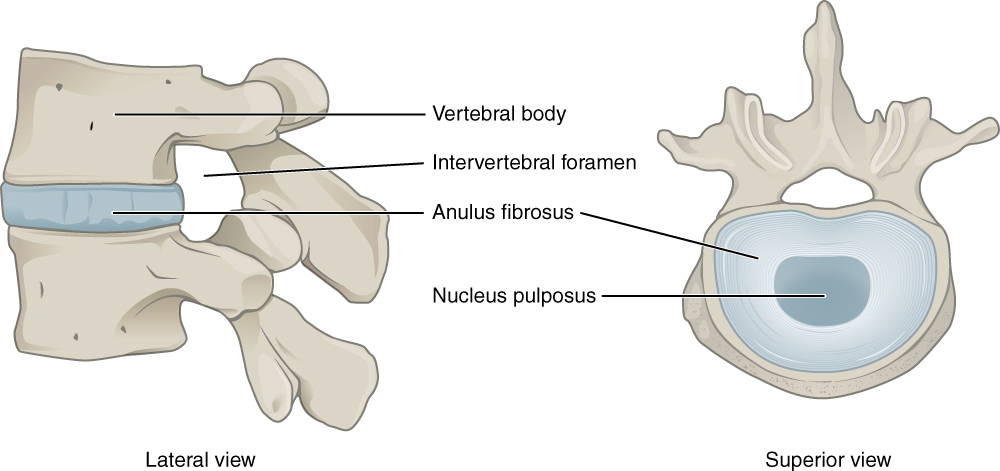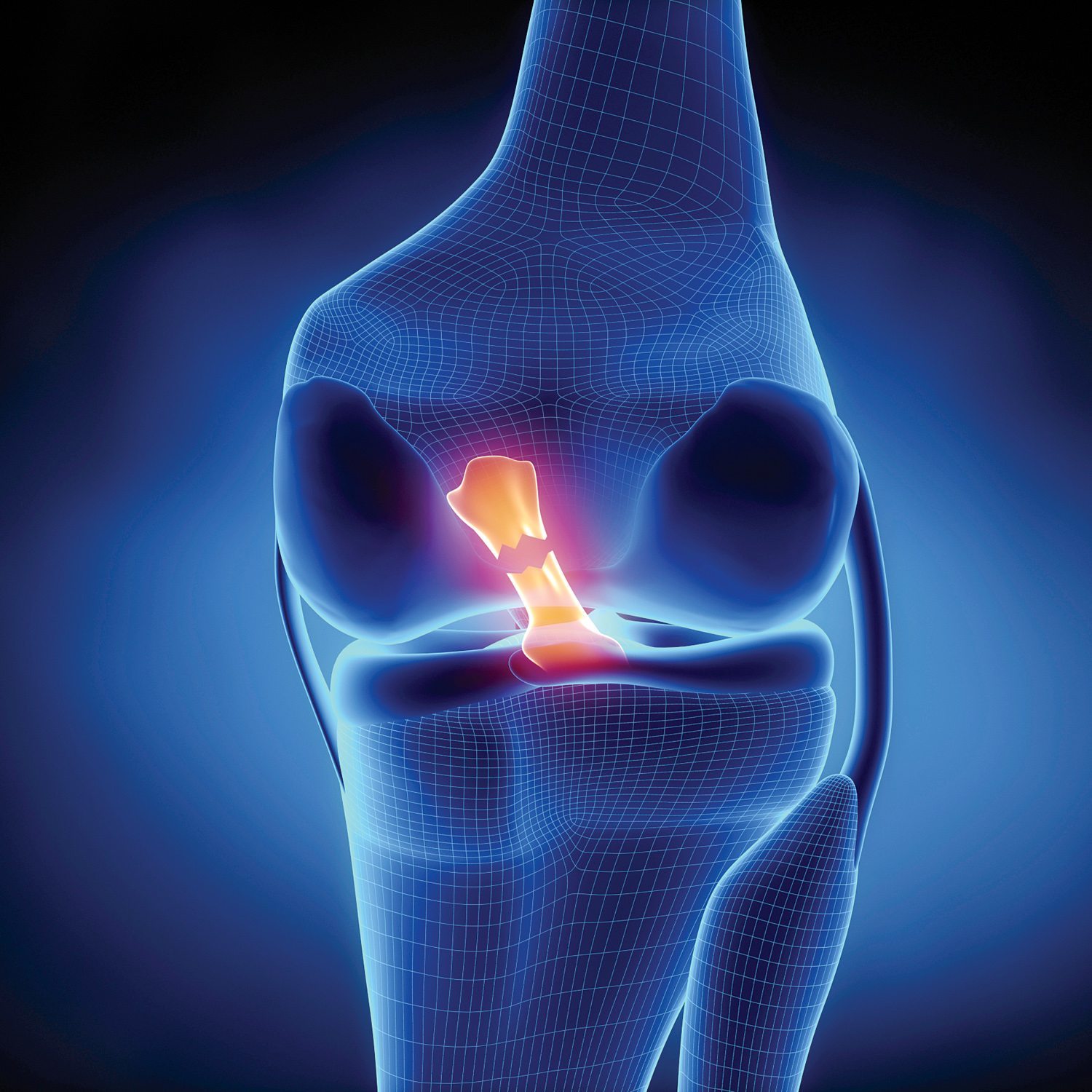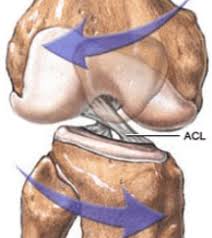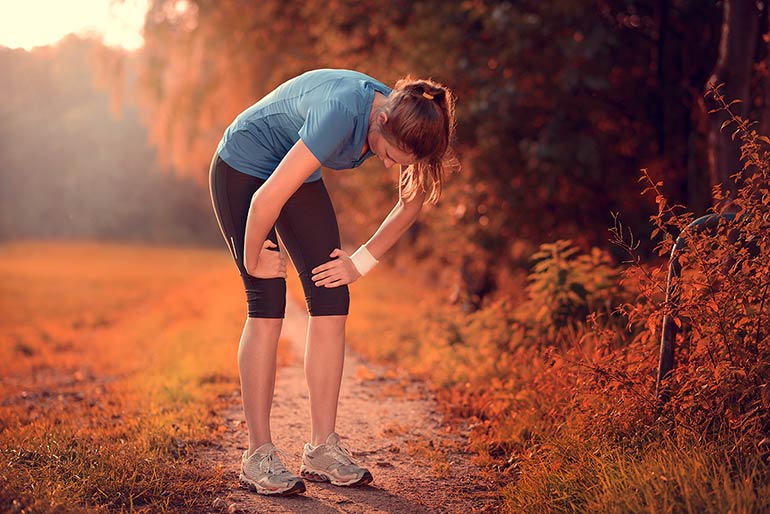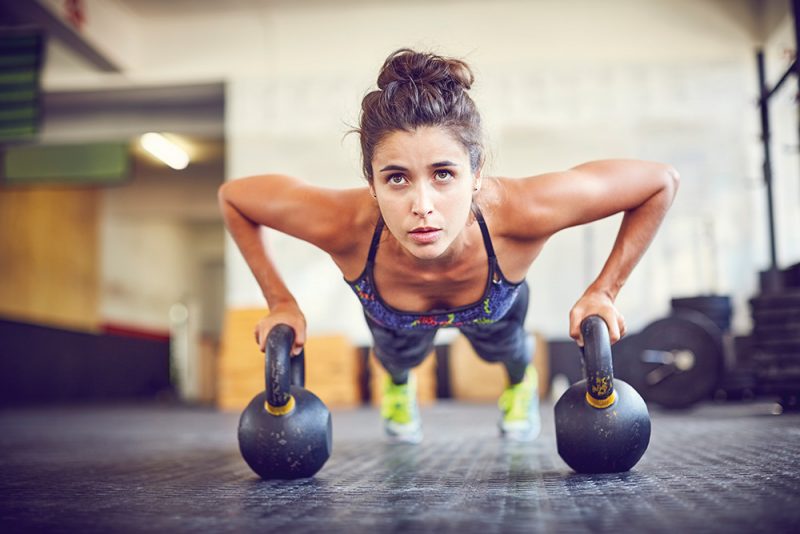Getting Started with Exercise
Posted on October 23rd, 2018 by Andries Lodder
How to Get Started:
Getting started
Getting started with a new gym program or trying to get healthy can be a very daunting task. Walking into the gym for the first time is something all newbies fear. This is why we are here to offer you some advice on how to start your exercise journey and how not to become overwhelmed with this new way of life. The first thing we going to talk about is that we don’t want you to see this as a temporary way of life and set yourself an end date. This is a lifestyle change that will lead to an overall healthier you. Previously we have spoken about the numerous benefits of exercise and living an active life and you need to keep all of those in mind as your progress. Setting yourself goals is going to be important. However, don’t only have goals around the numbers on the scale. We want you to have goals like improving your strength, running your first 5 km, lowering your blood pressure, gaining core stability, improving your resting heart rate and so on. .Tips:
For now, we want you keep these few simple things in mind as your start planning a new healthier you:-
Choose a form of exercise that you enjoy
- If you don’t enjoy what you are doing, then sticking to the program and adhering is going to be much harder. If you enjoy swimming instead of cycling, then do that.
-
Set SMART goals that are about more than just weight loss
- Yes, losing weight can be one of your goals but we encourage you to have other goals relating to other aspects of your health and life so that once you reach your goal weight you are still able to see the benefits of all your hard work. Living a healthy active life will benefit you physically and mentally as well as improve your overall health so set goals in all these areas.
-
Fuel your body
- One of the most important aspect of healthy living is the food you are eating. Not only to help you lose weight and become healthier but also to fuel your body and give you the necessary energy that you need for when you are exercising.
-
Set up a weekly schedule
- Plan your training session into your week and book them out in your diary. By scheduling your gym sessions into your day you can no longer make the excuse that you don’t have time. Remember, when you make an excuse to not go to gym you are saying to yourself “My health is not a priority”. Also try to only schedule your sessions at a time that suits you. If you are not a morning person and keep missing that 5 am slot, then rather try and make it later in the afternoon to ensure that you get there. Be realistic with your plan.
-
Listen to your body and know when to push yourself and when to chill
- Not every session you do has to leave you drenched in sweat, gasping for breath. Make sure you plan a few high intensity sessions, some strength, stability and flexibility into your training program. Cover all aspects of fitness in order to really see improvements, prevent injuries and get full enjoyment out of this way of life.
- Ask for help
- This is the most important tip!
- Whether you are unsure how to use a certain piece of equipment or how to do an exercise, ask for help. If you are confident enough to try the gym alone but still have a few questions then ask the staff for the small bit of guidance that you require. On the other hand if you really feel you have no idea what you are doing then seek out some one on one professional attention.
- It is also important to ask for help to ensure you are performing the exercises correctly in order to prevent yourself getting injured.



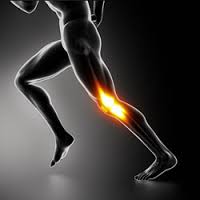
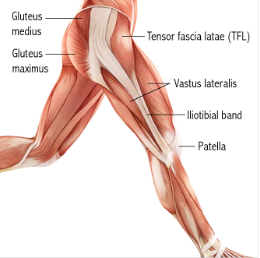
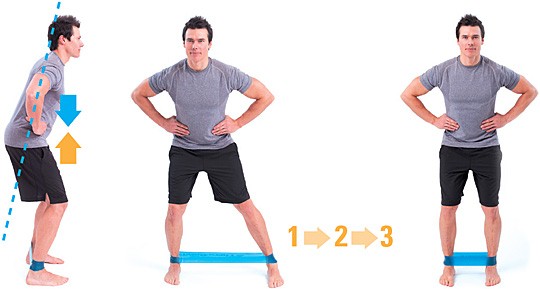
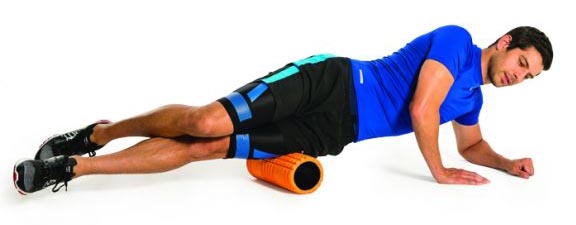
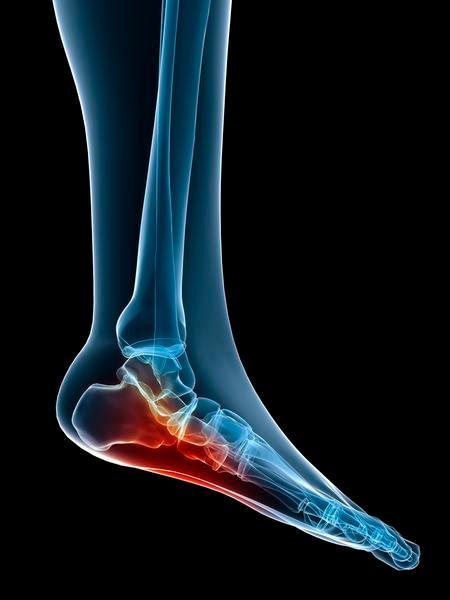
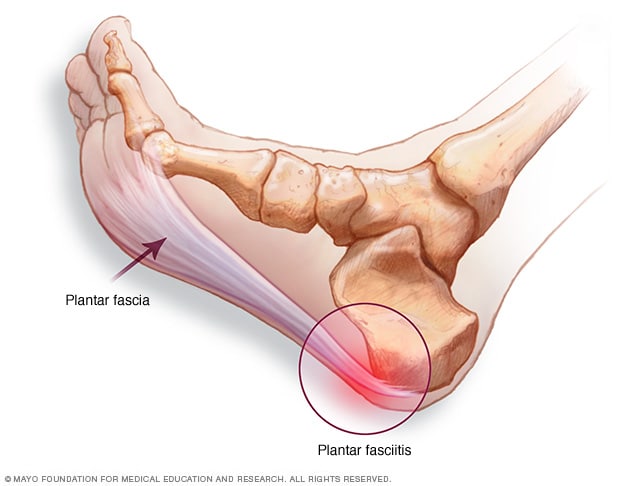 Plantar Fasciitis is one of the most common causes of heel pain. It involves the inflammation of the thick fibrous band that runs along the underside of the foot. This band is the plantar fascia and it connects the heel bone to the toes.
Plantar Fasciitis is one of the most common causes of heel pain. It involves the inflammation of the thick fibrous band that runs along the underside of the foot. This band is the plantar fascia and it connects the heel bone to the toes.
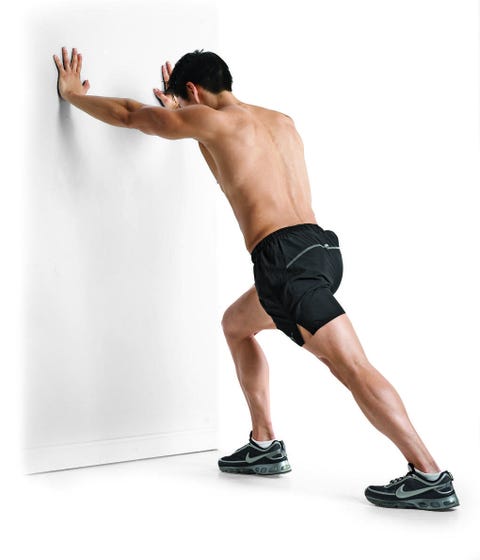


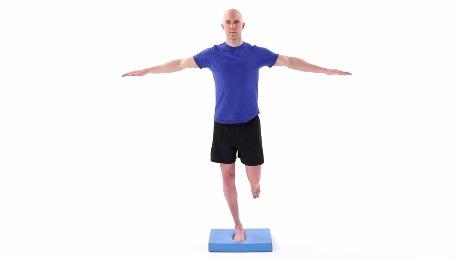 For more information about what cause Plantar Fasciitis and how to treat this painful condition don’t hesitate to
For more information about what cause Plantar Fasciitis and how to treat this painful condition don’t hesitate to 

